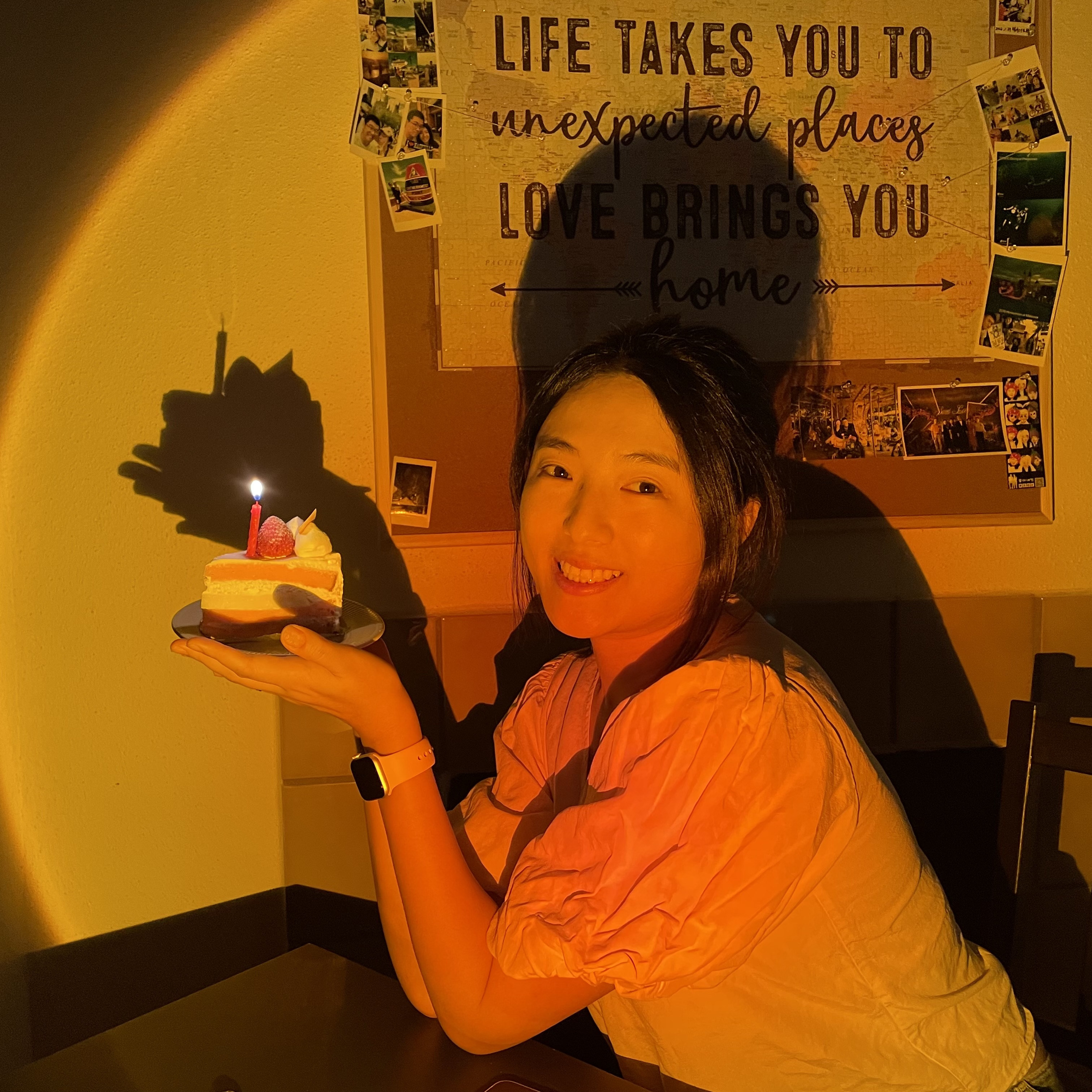This is the demo I created when learning Three.js.
three.js with jekyll post
I finally figured out how to embed HTML with three.js in a markdown file. The HTML file looks like this. Created a js folder inside assets, and put the javascript file inside it.
1
2
3
4
5
6
7
8
9
10
11
12
13
14
15
16
17
18
<style>
.threejs {
position: relative;
width: 100%;
padding-top: 56.25%; /* 16:9 aspect ratio */
}
.threejs > * {
position: absolute;
top: 0;
bottom: 0;
left: 0;
right: 0;
}
</style>
<div class='threejs'>
<div id='cube'></div>
</div>
<script type = 'module' src='/assets/js/helloworldthreejs1.js'></script>
It’s not the optimal solution I think, because I didn’t use npm to install Three.js in this blog project. Instead, simply use the following code inside the ‘helloworldthreejs1.js’ file
1
import * as THREE from 'https://unpkg.com/three@0.126.1/build/three.module.js'
hello spinning cubes
A common three.js application is to pass a Scene and a Camera to a Renderer and it renders the portion of the 3D scene that is inside the frustum of the camera as a 2D image to a canvas. Here is the structure of this demo. The demo is adapted from https://threejs.org/manual/#en/fundamentals. 
get container to put the rendered 2D image
The name of the container should be the same as the one in the HTML file.
1
2
3
var container = document.getElementById("cube");
var width = container.clientWidth;
var height = container.clientHeight;
create scene
Our scene contains 3 cubes with phong materials as well as a directional light source. Let’s create the scene first.
1
const scene = new THREE.Scene();
Create three cube instances using the same geometry, save material and different colors. And add each cube to the scene.
1
2
3
4
5
6
7
8
9
10
11
12
13
14
15
16
17
18
19
const geometry = new THREE.BoxGeometry( 1, 1, 1 );
function makeInstance(geometry, color, x) {
const material = new THREE.MeshPhongMaterial({color});
const cube = new THREE.Mesh(geometry, material);
scene.add(cube);
cube.position.x = x;
return cube;
}
//cube instances
const cubes = [
makeInstance(geometry, 0x44aa88, 0),
makeInstance(geometry, 0x8844aa, -2),
makeInstance(geometry, 0xaa8844, 2),
];
Create light source to make the cube 3D. And add light source to the scene.
1
2
3
4
5
6
//light source
const color = 0xFFFFFF;
const intensity = 3;
const light = new THREE.DirectionalLight(color, intensity);
light.position.set(-1, 2, 4);
scene.add(light);
create camera
1
2
const camera = new THREE.PerspectiveCamera( 75, width / height, 0.1, 1000 );
camera.position.z = 5;
create renderer and add to container
We use WebGLRenderer here.
1
2
3
const renderer = new THREE.WebGLRenderer();
renderer.setSize(width, height);
container.appendChild(renderer.domElement);
Loop the scene
1
2
3
4
5
6
7
8
9
10
11
12
13
function animate() {
//Requests the browser to call the animate function before the next repaint, creating a smooth animation loop.
requestAnimationFrame( animate );
cubes.forEach((cube, ndx) => {
cube.rotation.x += 0.01;
cube.rotation.y += 0.01;
});
renderer.render( scene, camera );
}
animate();
